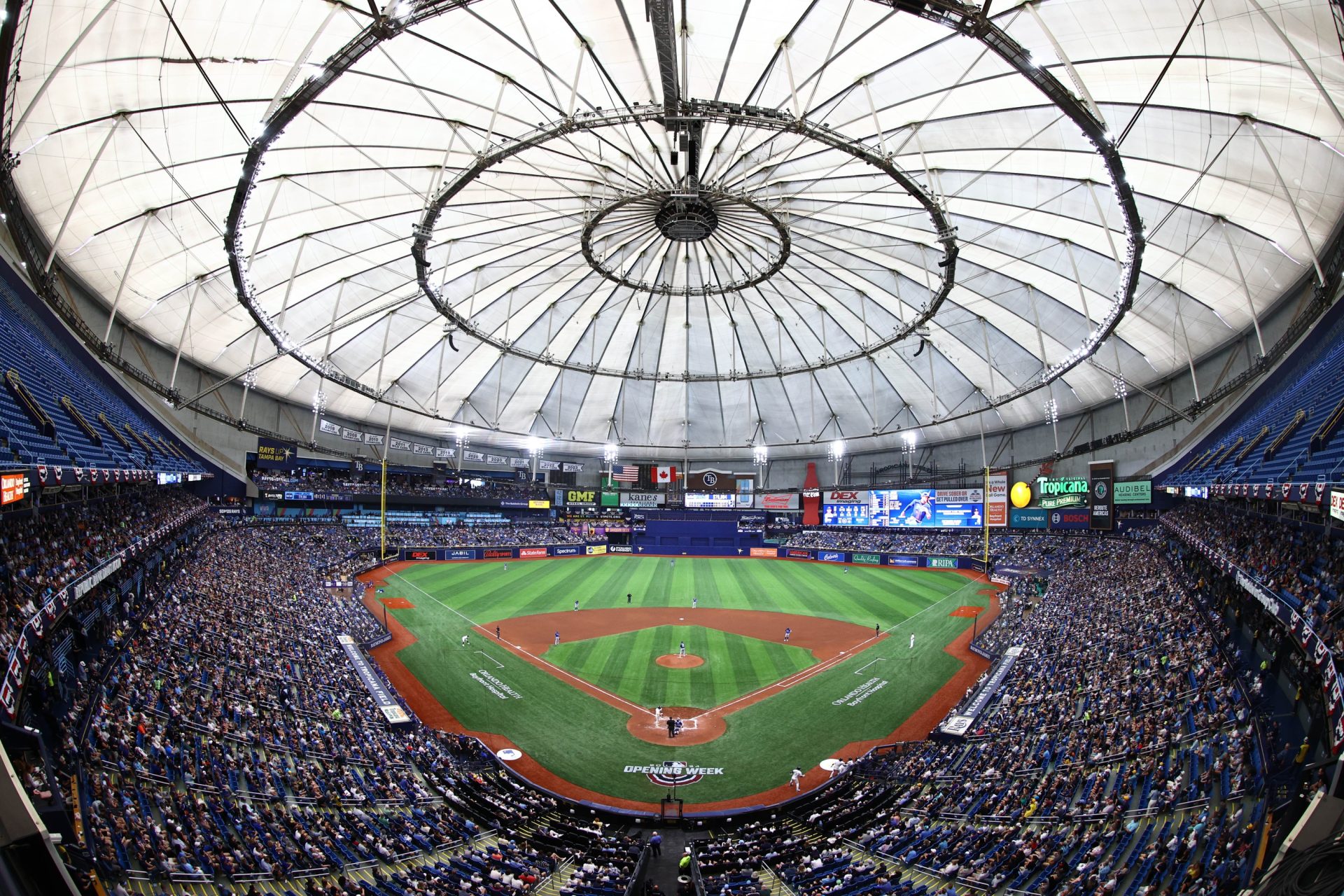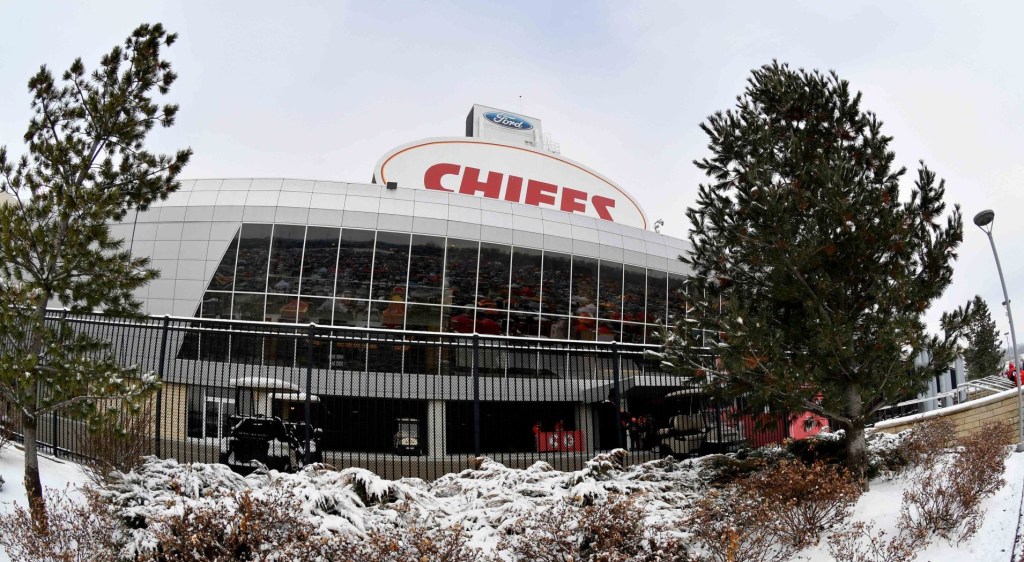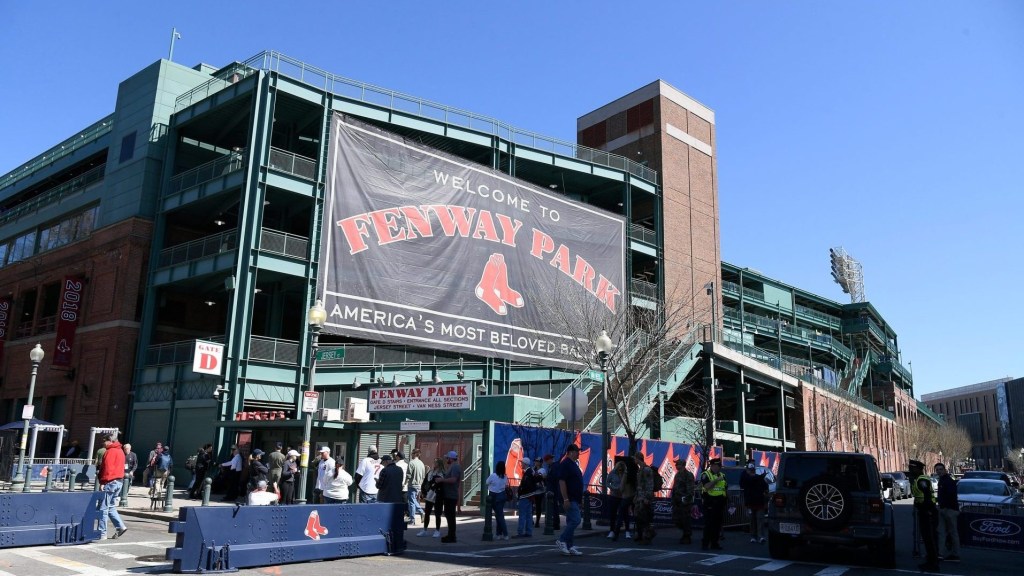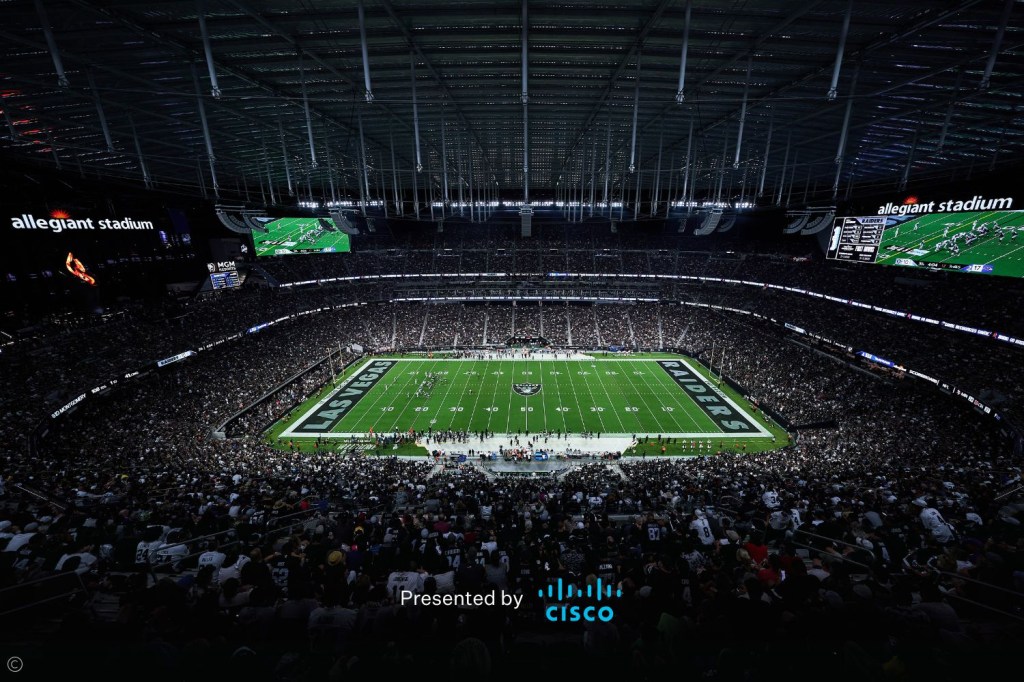As the Rays prepare to begin a new era, a key element from the team’s past is nearing a return.
Repairs to the hurricane-damaged Tropicana Field remain on schedule, and St. Petersburg, Fla., officials say the ballpark is expected to be ready for the Rays’ 2026 season, as planned.
City development administrator James Corbett told the city council in a memo that the restoration work at the publicly owned ballpark is still on track, most notably with the installation of new roof panels now underway. The ballpark was heavily damaged, including a complete shredding of its roof, nearly a year ago in Hurricane Milton.
MLB’s 2026 schedule, released late last month, specifically contemplates the Rays’ returning to Tropicana Field, their home since the franchise began as an expansion team in 1998. That slate, however, does include a nine-game road trip to begin the season to provide a bit of extra time to complete the restoration work.
Since the hurricane, the Rays have played home games at George M. Steinbrenner Field in Tampa, the spring training home of the Yankees. With the reduced capacity and outdoor setting there, the Rays’ attendance fell 41% this year to an average of 9,713 per game, second worst in the league and ahead of only the A’s.
The progress at Tropicana Field is happening as Florida developer Patrick Zalupski and his partners received Major League Baseball approval on Monday for their $1.7 billion purchase of the club. The deal is expected to close later this week, and Zalupski will soon restart efforts to develop a new Rays ballpark.
“Everyone knows what we, and fans generally, think about the Trop as a long-term solution. It’s a great solution for 2026 compared to playing in a minor league ballpark, with no roof and in the Tampa climate,” MLB commissioner Rob Manfred said last week at the Front Office Sports Tuned In summit.
The Tropicana Field repairs, originally estimated to cost $55.7 million, have since risen above $60 million. The expenses are the responsibility of the city, which owns the ballpark, and it is working with insurance representatives and the Federal Emergency Management Agency on reimbursement for some of that. As of July, St. Petersburg had received $7.6 million in advance payments from insurance.

















